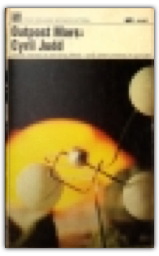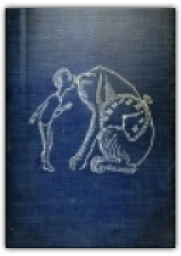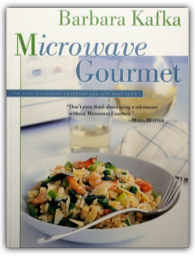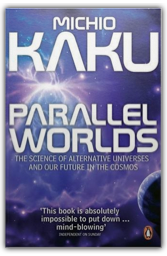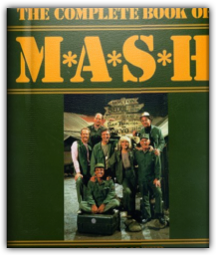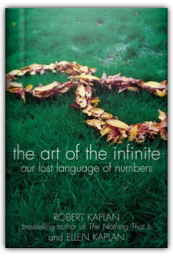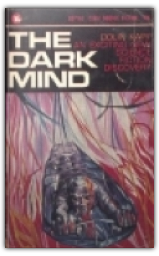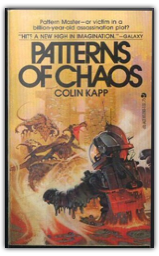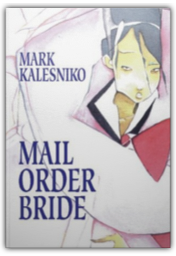 Mail Order Bride
Mark Kalesniko
Mail Order Bride
Mark Kalesniko
A powerful graphic novel about race, identity, stereotypes and love, nominated for "Best Graphic Novel" in the 2002 Firecracker Book Awards and nominated for Harvey and Eisner Comic Industry Awards. This adept look at life after a Korean mail order bride arrives to meet her Canadian husband defies anyone who has an opinion (but no experience) regarding the little-understood world of mail order marriages. Monty Wheeler, a pathetic, emasculated, 39-year-old virgin struggling with his own societal demons, expects Kyung Seo to fulfill his female Asian fantasy stereotype: domestic, obedient, hardworking and loyal. But Kyung, tall and accent-less, is much more human that Monty is ready to accept. Kyung soon finds, in addition to predictable dissatisfaction with her husband's inane expectations, outspoken inspiration in Eve Wong, a western-born Asian woman. Could Eve be Kyung's ticket to rebellious self-fulfillment, or do her actions not always ring true? 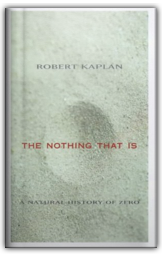 The Nothing That is
Robert Kaplan
The Nothing That is
Robert Kaplan
On the face of it, the chances of a book about zero offering mind-stretching entertainment would seem to be about, well, zero. But in The Nothing That Is, Harvard University mathematician Robert Kaplan shows that there's a lot more to zero than meets the eye. |
 Made with Delicious Library
Made with Delicious Library
London, State zipflap congrotus delicious library Scott, Mike
